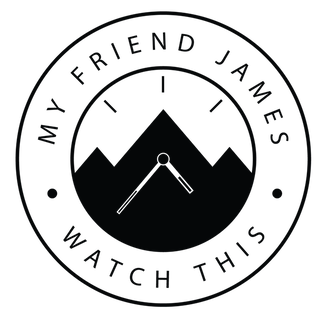The Land of Ice and Fire–Map it or Lose it!
Iceland is among the most beautiful and pristine countries in the world. The land of ice and fire will allow you to experience a hot spring, volcano, and glacier all on the same day. Crazy! And not to mention, Iceland is rated the safest country in the world; how can you not fall in love with this place?
In fact, 43% of Europe’s top 1% wildest areas are in Iceland; making it a crucial landscape to protect. To no surprise, Iceland’s beauty allows for a booming ecotourism industry making it critical that Iceland maintain its “green” international image. Iceland’s Central Highlands also generates an extremely powerful river system that has potential to serve as an efficient hydro-electric plant; this puts the Icelandic government at a cross-road. Do they maintain their unspoiled land or do they develop the abundant “green” power available to them as a resource for electricity with an industry focused mentality? The answer will likely depend on some “simple” definitions of wilderness and our ability to map the landscape.
So, I ask you, how do you define nature? Seriously, think for a second. Do you have a definition? Now, keep in mind that everyone perceives the wilderness differently. Depending on your experiences, culture, how you feel about a place, educational background and other factors will all influence how we think about landscapes and define nature. Regardless, I bet the first thought that crossed your mind when defining nature was something along the lines of “open space, not occupied by humans.” My first thought is imagining a serene hike through idyllic waterfalls and mountains.
To give an exact definition from the European Union Nature Conservation Act on wilderness: “A wilderness is an area governed by natural processes. It is composed of native habitats and species, and large enough for the effective ecological functioning of natural processes. It is unmodified or only slightly modified and without intrusive or extractive human activity, settlements, infrastructure or visual disturbance.” So basically, this is just fancy talk for what we thought–“open space, not occupied by humans.”
So how do we know what areas are governed by a “natural process?” We map it using science and statistics! We size up the areas and its remoteness, we determine any access issues and visual human intrusion, and we articulate the rugged challenge of the landscape and the overall naturalness. We really don’t like the idea of saying “okay, this is where wilderness begins and this is where it ends,”–because in reality nature is all around us and integrated into our urban lives. The wilderness is not this distinct and definite thing where we can simply draw lines on a map to assign land as “wilderness,” but it’s important to understand that we need do this in order to preserve the wilderness. Policy makers need rigid lines for the sake of designating an area as a protected landscape. As our man, Dr. Stephen Carver, on the front lines of mapping Iceland’s wilderness says, “we are quantifying the qualitative.”
By mapping these areas we are not only making steps toward preserving the land, but we are able to provide quantitative data to government officials to prove the destruction of having an industry focused mentality. For instance, a proposed hydro power plant in Iceland would use renewable energy and we believe the word “renewable” is good. And don’t get me wrong, renewable is great! However, it does have local impacts…sometimes severe ones.
We know these severe impacts would occur because of mapping! Right now, our team is using a purism scale approach for wilderness mapping. And to take that a step further, our team has utilized geoportal mapping to examine the type of destruction that would occur if humans began industrializing Iceland’s untouched landscape. By using Geographical Information Systems (GIS) mapping, we can distinctly highlight erosion that would occur and a noticeable shrink in Iceland’s wilderness–the very thing we are known for.
Why industrialize a country that has survived this long without such an impact? At this point, it’s almost as if Iceland is a cool vintage find! Join us in supporting Iceland’s push for “Map it or Lose it!”
